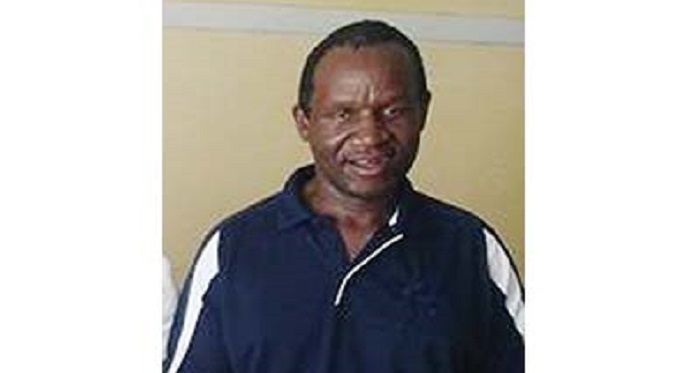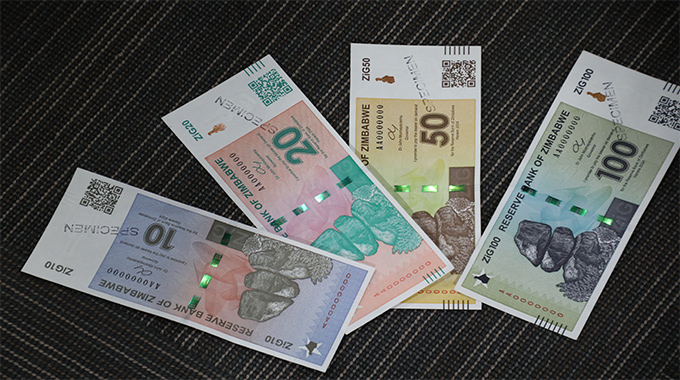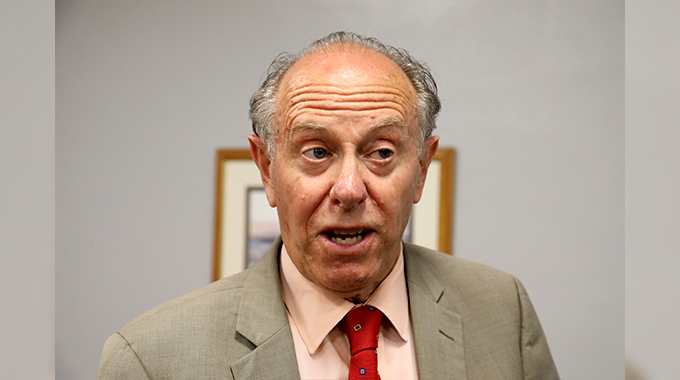New drugs relief for DR-TB patients

Lungelo Ndhlovu, Features Correspondent
THIRTY-seven-year-old artisanal miner, Mr Farai Mukanya has been complaining of difficulty hearing lately.
Mr Mukanya is a father of three and is currently receiving medication for Drug Resistant TB (DR-TB) for the past year and a half.
Mr Mukanya was diagnosed with DR-TB after he stopped taking medication at a time when there was a gold rush in Inyathi last year.
His wife, Mrs Tatenda Mukanya, told The Chronicle, in an interview that her husband developed multi-drug resistant tuberculosis after he defaulted on medication by going underground in one of the mine shafts in Inyathi.
“He would spend days underground with his mates searching for gold and by doing so stopped treatment. After working in Inyathi, they heard of another gold rush in Gwanda and he relocated there. When he came back home, he was still coughing and sweating at night. We went to the clinic and nurses put him on a TB regimen for two years but now he complains of having difficulties in hearing,” she said.
According to health officials, Mr Mukanya’s subsequent hearing loss could be associated with the current TB regimen he is taking, as it has been found to have side effects.
In a new development, these side effects and long regimen would now be a thing of the past as Zimbabwe has adopted new World Health Organisation (WHO) guidelines for treating multi drug resistant TB (MDR-TB).
Deputy Director of the AIDS and TB unit in the Ministry of Health and Child Care, Dr Charles Sandy said the previous treatment was toxic leading to loss of hearing and kidney problems.
“As you are aware the previous regimen, which we were using, involved the use of an injectable which was very toxic to patients leading to hearing loss and kidney problems. The ones which we are now using are an oral combination and were recently launched by the WHO at the end of 2019.
“It includes new TB drugs, which came on the market in the last two to three years mainly bedaquiline and damanaline. We think this is good for patients of any age group; children, adults and even pregnant women,” he said.
In Zimbabwe, TB diagnosis and treatment services are provided in public healthcare facilities and are integrated with general health services. Private laboratories complement efforts of public healthcare by providing TB diagnosis services for patients seeking care in the private sector.
Before 2013, only previously-treated sputum positive Pulmonary Tuberculosis Patients (PTB) and MDR-TB contacts were considered as presumptive MDR-TB patients and evaluated for MDR-TB.
Dr Sandy said Zimbabwe was considered as one of the high burden countries with DR-TB in the world which was a cost to the country’s economy.
“From our routine surveillance data, we are seeing an average of 400 to 500 patients with DR-TB annually for the last three years. So, when you look at that from the perspective of the country’s population, it’s actually a very high burden of DR-TB and because of that Zimbabwe is considered one of the high burdened DR-TB countries in the world. The number might appear very small but it’s actually a big number mainly because of the complications associated with DR-TB,” he explained.
Dr Sandy said training of health care workers was underway to capacitate them with the new, shorter regimen. The training took place in Bulawayo.
“This is a national training where we called in officers from all the 10 provinces of the country with at least three participants. This is a trainer-of-trainers. After the training, trainers will go to their respective provinces and cities to cascade training to all the provinces and this should be done before this quarter ends,” he said.
After the training, the Ministry of Health and Child Care will start rolling out the medication.
“We hope to have covered all the districts, we have already dispatched medicines for the treatment of the DR-TB patients without injection, so that health care workers can comfortably prescribe and then we expect to see better results for the DR-TB,” Dr Sandy said.
Director of the Aids and TB Unit in the Ministry of Health and Child Care, Dr Owen Mugurungi added that mining communities were hotspots for DR-TB.
“Formalised mines are few and a lot of artisanal mining is happening and those are at risk for TB due to the nature of their job. They must take medication everyday but some go underground three to four days defaulting on treatment, eventually resulting in DR-TB,” he said.
“We also know that in some instances, where there is overcrowding or congestion such as prisons there is lots of TB. I wouldn’t say the problem in DR-TB is worse in other areas except mines and prisons, where there is higher incidence.”
Meanwhile, the country’s First Lady Auxilia Mnangagwa who is also the patron of the Ministry of Health and Child Care, appointed TB Champions to promote the fight against TB which remains one of the major causes of deaths in the country.
These appointments were made under the “Stop TB Partnership”, which brings together actors from different sectors of society across the country to use their key competencies in ending TB and stigma.
The First Lady said working together with celebrities and influential people, all would fight against TB, as each will contribute from their core competencies, skills and talents to form one voice and one goal to end TB.
“This is in line with the Stop TB Partnership Zimbabwe mandate to coordinate various partners to work together with the Ministry of Health and Child Care, through the national TB programme, to maximise efficiency and effectiveness of efforts towards ending TB in Zimbabwe,” she said.
Globally, nearly 10 million people are sick with TB each year and the disease is the number one cause of mortality among all infectious conditions and for people living with HIV.












Comments